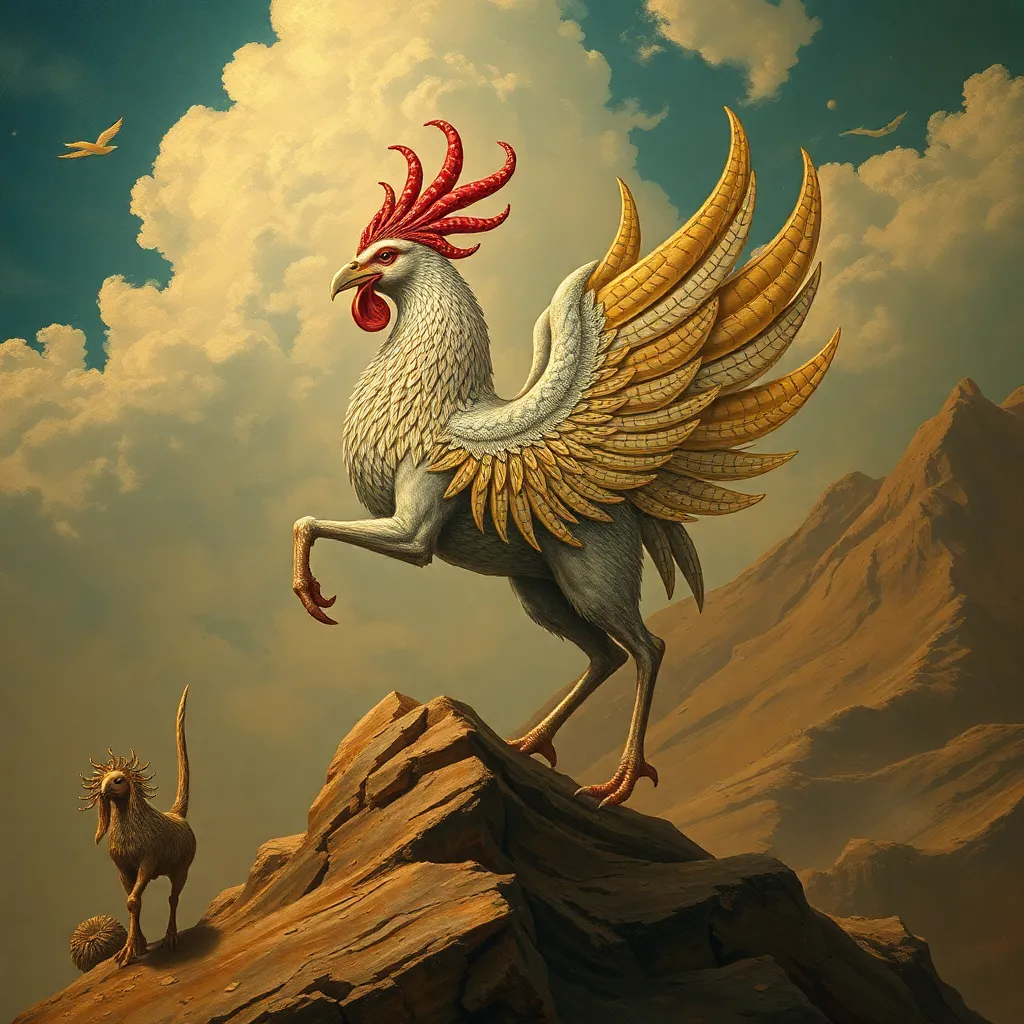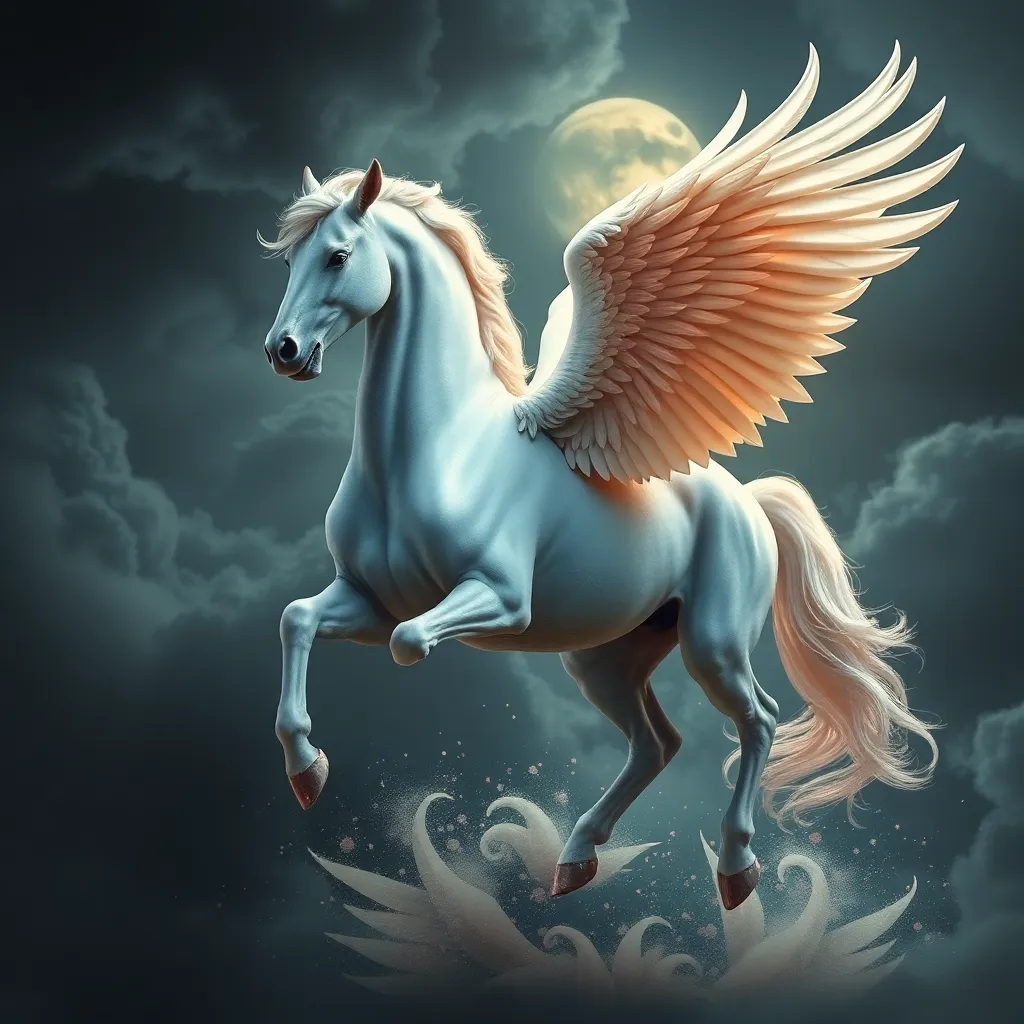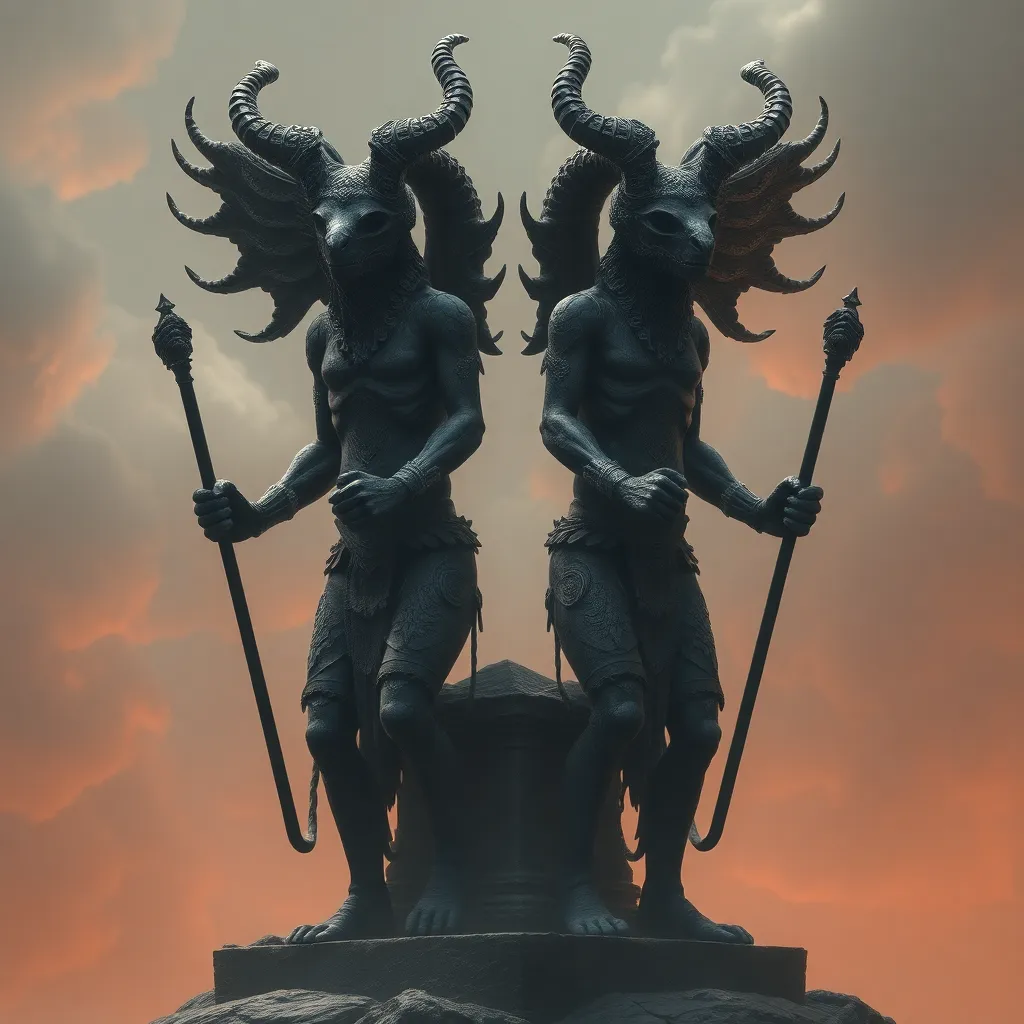The Simurgh in Modern Persian Art: A Contemporary Interpretation of the Myth
I. Introduction
The Simurgh is a mythical bird that occupies a central place in Persian culture, symbolizing wisdom, purity, and the connection between the earthly and the divine. Its rich narrative spans centuries, intertwining with the fabric of Persian history, literature, and artistic expression. The Simurgh’s importance is particularly pronounced in texts such as the Shahnameh, where it serves as a guide and protector. In this article, we will explore how contemporary Persian artists interpret the myth of the Simurgh, reflecting on its enduring legacy and relevance in modern times.
II. Historical Significance of the Simurgh
The origins of the Simurgh can be traced back to ancient Persian mythology, where it is depicted as a benevolent creature embodying the essence of nature and the cosmos. Over time, the Simurgh became a prominent figure in Persian literature, particularly in the Shahnameh, where its narrative intertwines with themes of heroism, sacrifice, and the quest for knowledge.
The symbolism of the Simurgh is multifaceted:
- Wisdom: The Simurgh is often portrayed as a wise creature, imparting knowledge to heroes.
- Connection: It serves as a bridge between the earthly realm and the divine.
- Transformation: The Simurgh embodies the theme of transformation, as seen in its association with rebirth and renewal.
III. The Evolution of the Simurgh in Art
Traditionally, the Simurgh has been represented in Persian art through intricate miniatures and textiles, often depicted in vibrant colors and elaborate designs. These historical representations highlight the bird’s majestic features, such as its colorful plumage and powerful presence.
With the passage of time and the influence of socio-political changes, the representation of the Simurgh evolved. The transition from historical depictions to modern interpretations reflects a shift in cultural narratives and artistic practices.
Key influences include:
- The impact of Western art movements, which introduced new styles and techniques.
- Changes in societal values and the role of art in reflective commentary on contemporary issues.
- Globalization and the accessibility of diverse artistic expressions.
IV. Contemporary Artists and the Simurgh
Today, various modern Persian artists have embraced the Simurgh as a central motif in their work, each bringing unique perspectives to its interpretation. Some notable artists include:
- Shirin Neshat: Known for her powerful photography and video installations, Neshat uses the Simurgh to explore themes of identity and femininity.
- Mohammad Omran: A painter who incorporates traditional Persian styles while infusing contemporary themes into his depictions of the Simurgh.
- Ali Akbar Sadeghi: An artist who blends folklore with modern aesthetics, offering a fresh take on the mythical bird.
In analyzing specific artworks, we find that artists often utilize various techniques and mediums, such as:
- Mixed media, combining traditional Persian methods with modern materials.
- Digital art, which allows for innovative reinterpretations of the Simurgh.
- Installation art, creating immersive experiences that invite viewers to engage with the myth.
V. Thematic Exploration in Modern Interpretations
Contemporary interpretations of the Simurgh often delve into profound themes that resonate with today’s societal issues. Noteworthy themes include:
- Identity and Belonging: Artists explore the complexities of cultural identity, using the Simurgh as a symbol of heritage and personal narrative.
- Environmental Concerns: The Simurgh’s connection to nature inspires ecological interpretations, emphasizing the need for harmony between humanity and the environment.
- Hope and Resilience: Many artworks portray the Simurgh as a beacon of hope, symbolizing the strength to overcome adversity and the pursuit of freedom.
VI. Cultural Fusion: The Simurgh in Global Context
The global art scene has increasingly embraced the Simurgh motif, reflecting the influence of Western art movements and cross-cultural exchanges. Persian artists are now collaborating with international counterparts, leading to new interpretations and broader recognition of Persian art.
Key points to consider include:
- The impact of global trends on local art practices, leading to a fusion of styles.
- The reception of the Simurgh in international exhibitions, showcasing its universal themes.
- Collaborations between Persian artists and those from different cultural backgrounds, enriching the narrative surrounding the Simurgh.
VII. The Role of Technology and New Media
The advent of digital technology has revolutionized the way artists interpret and share the Simurgh myth. Digital art platforms allow for innovative expressions of this ancient symbol, enabling artists to reach a global audience.
Social media plays a crucial role in the dissemination of contemporary art, providing a platform for artists to showcase their work and engage with wider audiences. Moreover, virtual exhibitions have emerged as a new avenue for promoting modern Persian art, allowing viewers to experience the Simurgh in diverse contexts.
VIII. Conclusion
The Simurgh remains a significant figure in modern Persian art, symbolizing a rich tapestry of cultural heritage and contemporary expression. Its enduring legacy speaks to the resilience of Persian identity and the continuous evolution of artistic interpretation.
As we reflect on the myth’s relevance today, it becomes clear that the Simurgh serves not only as a symbol of beauty and wisdom but also as a vital source of inspiration for future generations of artists. The exploration of the Simurgh in modern art opens avenues for further research and creativity, ensuring that this timeless myth continues to resonate in an ever-changing world.



